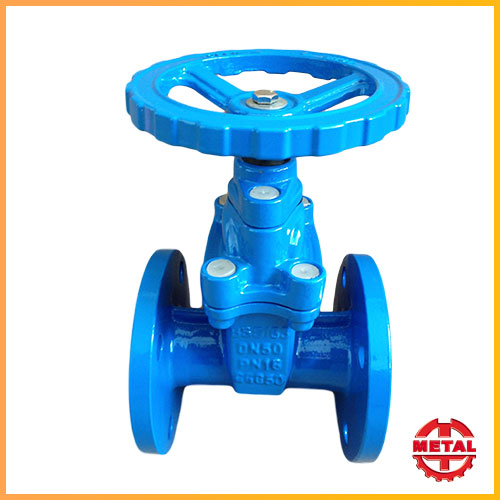Worldwide Pipe Meets Industry Standards
Worldwide Pipe Meets Industry Standards

| Availability: | |
|---|---|
| Quantity: | |
Gate valve specification:
Size: 1/2 "- 24" Dn15-dn300
Standard:ANSI, BS, DIN, JIS

Gate valve and parallel slide valve Gate valve is made of steel structure, flange connection meets various standards, including DIN, EN and ANSI, suitable for industrial, process and boiler room applications. The gate valve is any highly corrosive material, high pressure, gas, water, oil, paper/pulp straight, unobstructed flow channel and metal-to-metal valve seat make Hancock gate valve an application that must handle high-speed or high-viscosity fluids with minimal flow loss Ideal choice.
Excessive pressure drops caused by sudden changes in flow path direction, cross-sectional changes, and friction or turbulence are minimized. The fluid passes through the valve in a straight line at the lowest possible speed without affecting the internal flow channel or the valve seat surface.
This prevents corrosion of the seat and/or body. The top inlet design of the wedge gate valve makes the internal components for overhaul or parts replacement easy to overhaul without removing the valve from the pipeline. The metal-to-metal seat enables the valve to withstand high temperatures. The hardened or hard-faced valve seat enables the gate valve to be well supported in harsh environments. A variety of valve bodies and decorative materials allow its use in corrosive applications.
Gate valve specification:
Size: 1/2 "- 24" Dn15-dn300
Standard:ANSI, BS, DIN, JIS

Gate valve and parallel slide valve Gate valve is made of steel structure, flange connection meets various standards, including DIN, EN and ANSI, suitable for industrial, process and boiler room applications. The gate valve is any highly corrosive material, high pressure, gas, water, oil, paper/pulp straight, unobstructed flow channel and metal-to-metal valve seat make Hancock gate valve an application that must handle high-speed or high-viscosity fluids with minimal flow loss Ideal choice.
Excessive pressure drops caused by sudden changes in flow path direction, cross-sectional changes, and friction or turbulence are minimized. The fluid passes through the valve in a straight line at the lowest possible speed without affecting the internal flow channel or the valve seat surface.
This prevents corrosion of the seat and/or body. The top inlet design of the wedge gate valve makes the internal components for overhaul or parts replacement easy to overhaul without removing the valve from the pipeline. The metal-to-metal seat enables the valve to withstand high temperatures. The hardened or hard-faced valve seat enables the gate valve to be well supported in harsh environments. A variety of valve bodies and decorative materials allow its use in corrosive applications.